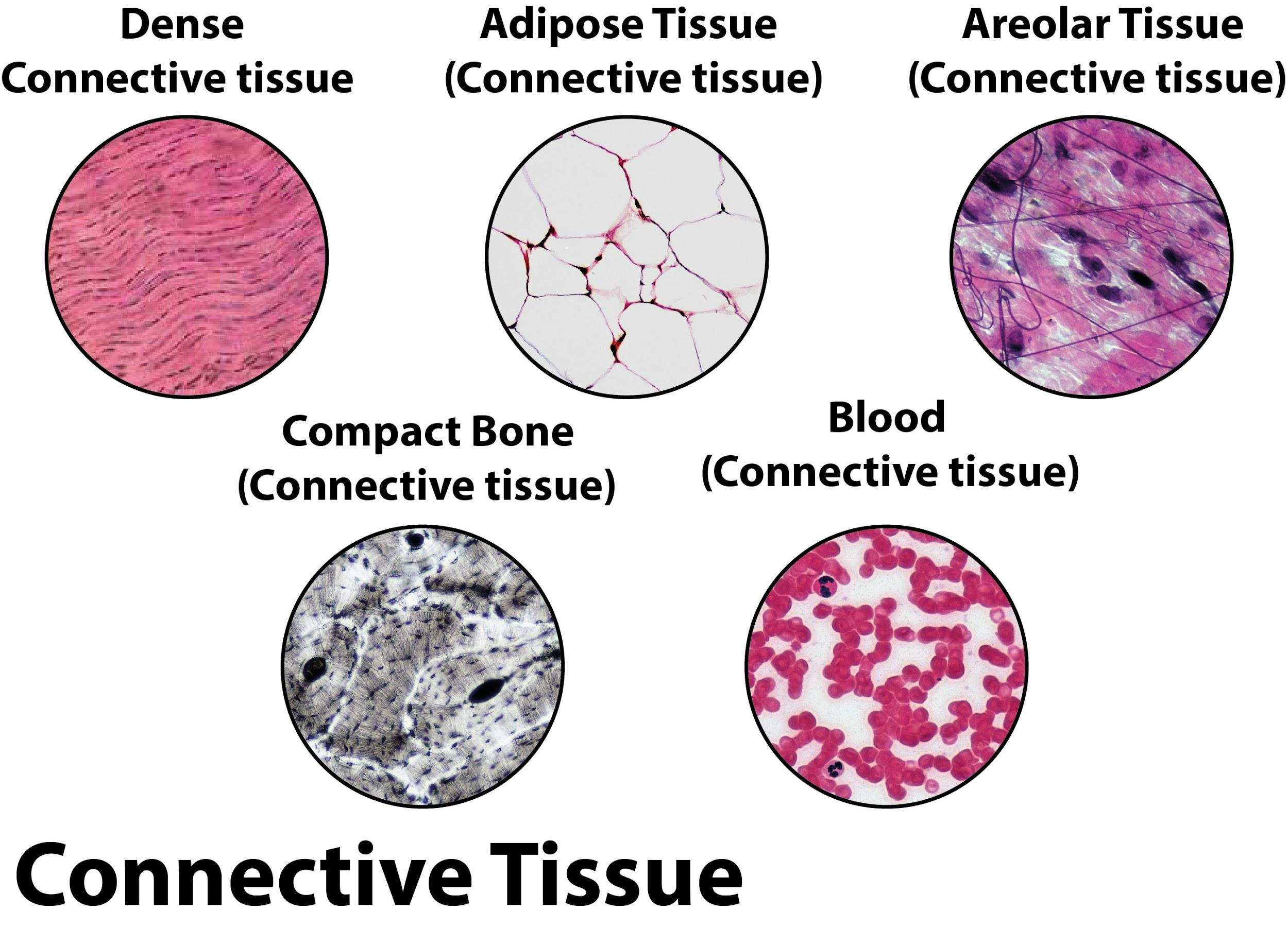Question
Question: Give the characteristics of connective tissue....
Give the characteristics of connective tissue.
Solution
Connective tissues are usually seen forming bridges in between two different types of body tissues. Depending upon their location in the body and types of the two tissues between which it is bridging, the functions and types of connective tissue are different.
Complete answer:
Connective tissue develops from the mesoderm. It connects two different types of tissues within the body including nervous tissues. Major characteristics of connective tissue are as follows –
- The ground fluid in connective tissue contains glycosaminoglycans and proteoglycans which fix the collagen fibres in intercellular spaces. It is a colourless and viscous fluid.
- All connective tissues have three main components i.e. fibres, ground substance and cells.
- Adipose tissue and blood are examples of non-fibrous connective tissue. Adipose tissue provides mechanical cushioning to the body. Groups of adipose cells are attached by collagen fibres and - - - collagen sheets so that the fat tissue remains under compression.
- The proteins and the ground substance form the matrix for connective tissue.
Types of connective tissues with their function and location are as follows:
| Tissue | Location | Function |
|---|---|---|
| Collagenous fibres | Tendon, ligament, skin, cornea, cartilage etc | Binds bones and other tissues to each other |
| Elastic fibres | Extracellular matrix | Gives tissues like lungs and arteries the ability to recoil |
| Reticular fibres | Lymphatic organs, liver and bone marrow | Provides scaffolding to other cells |

Note: In many types of connective tissues, type I collagen is present. It makes up about 25% of the total protein content of an adult mammalian body. All the connective tissues are immersed in body water. Connective tissues are of various types including loose connective tissues, dense connective tissues, areolar connective tissue, blood, and bones.
